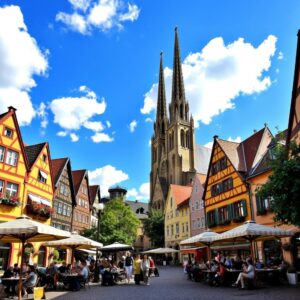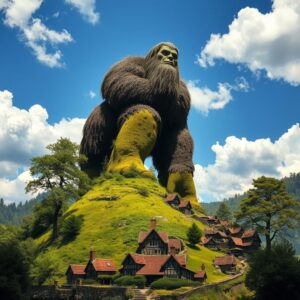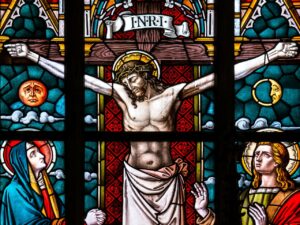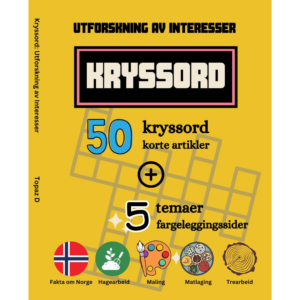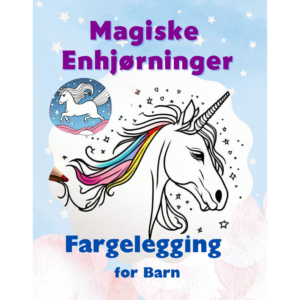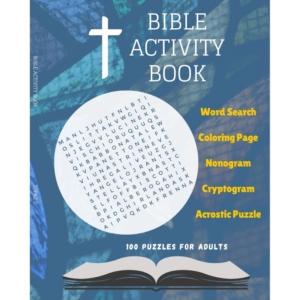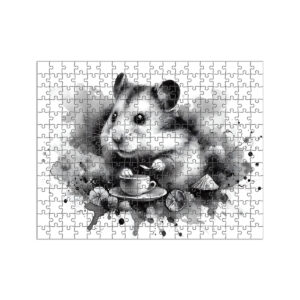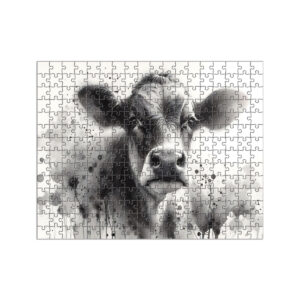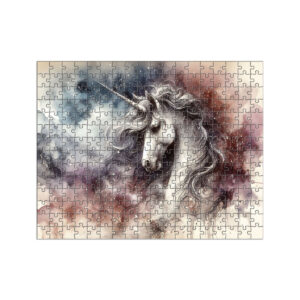
Explore & Play
Discover interesting topics and solve the accompanying crossword puzzle.
Track Crossword: Explore Clues from Velodromes to Route 66
Table of Contents
Track Crossword
You can either fill in the crossword puzzle directly on this page or click the button in the bottom right corner to print it for free.
——————————————
Exploring Track Crossword Clues: From Velodromes to Route 66
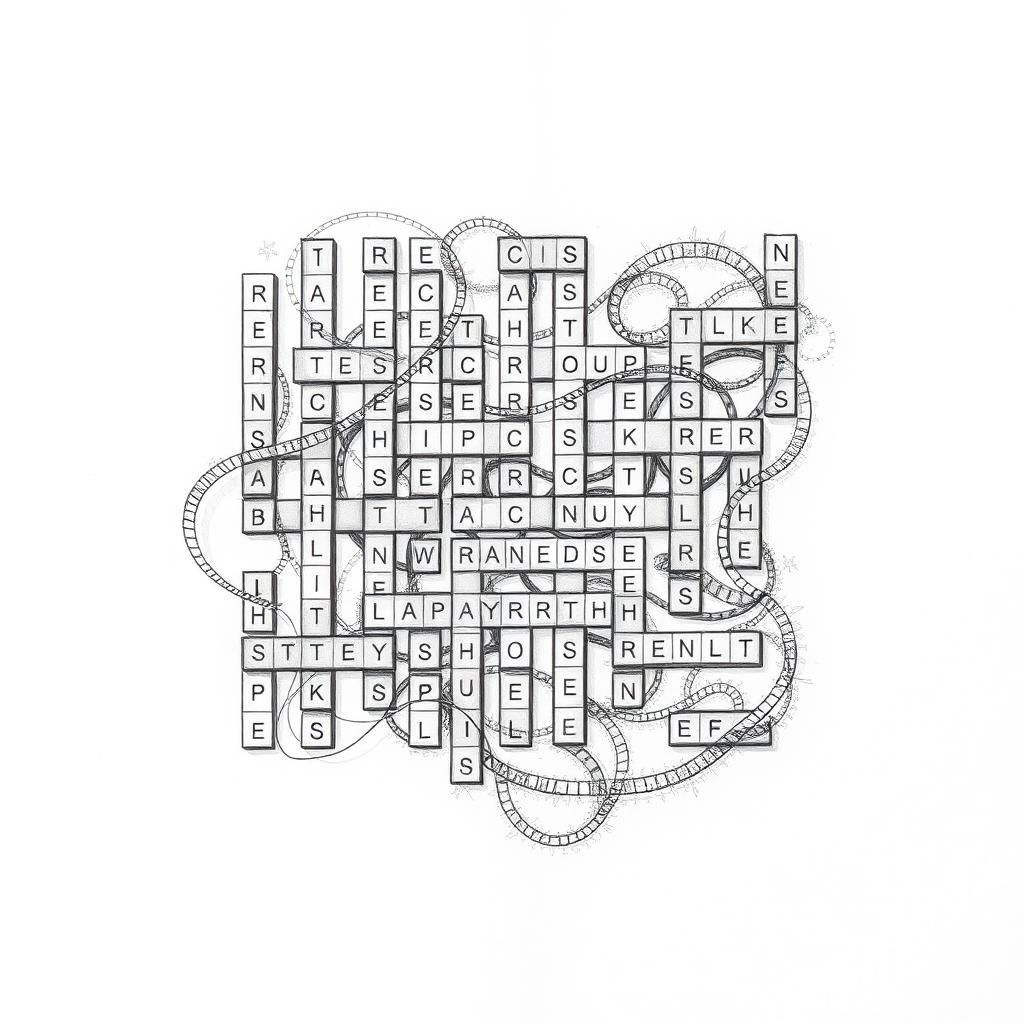
Introduction
Step into the world of track-themed crossword puzzles, where each clue traces a path — literal or metaphorical — that invites you to explore places and stories beyond the grid. These puzzles blend travel and racing vocabularies, turning familiar words into gateways for discovery. Whether it’s a velodrome’s steep curve or the endless stretch of Route 66, each “track” clue carries a unique flavor that enlivens the solving experience.
The charm of these puzzles lies not just in the challenge but in the journey they suggest. You’re not just filling in blanks; you’re mapping out routes that crisscross history, culture, and adventure. Clues mentioning the Autobahn conjure German precision and speed, while “trailhead” brings to mind crisp forest air and the promise of exploration. Together, these terms layer a crossword with stories of roads traveled, races run, and paths imagined.
To navigate this terrain smoothly, it helps to know the landscape. Words like racecourse, boulevard, runway, and labyrinth aren’t just crossword fodder—they’re portals into broader worlds. Each carries a history, a place, a feeling. By seeing these keywords as threads weaving together culture and movement, the puzzle-solving journey becomes richer and more connected to the real world we walk, ride, drive, or dream about.

Velodrome: The Cycling Track
Picture a sleek wooden oval spiraling upward, its sharply banked curves daring cyclists to lean hard and race the wind. This is the velodrome—a specialized indoor arena designed solely for high-speed track cycling. Unlike ordinary bike paths or road races, the velodrome’s steep banks allow riders to maintain breathtaking speeds through tight turns, creating a ballet of balance and power.
At its core, a velodrome is an architectural marvel blending function with finesse. Typically 250 meters in length, the smooth, polished surface and uniform shape enable racers to push limits safely while spectators lean in on every twist. You might spot terms like “keirin,” a thrilling race where cyclists draft behind a motorized pacer before launching into a final sprint—a favorite clue in crossword puzzles referencing velodrome events.
In crosswords, “velodrome” often hints at more than just the track itself; it summons images of track cycling’s rich history, from the first Olympic appearances to modern championships. It’s a reminder that behind every clue lies a world of human effort, ambition, and the timeless thrill of speed contained within this elegant, oval arena.
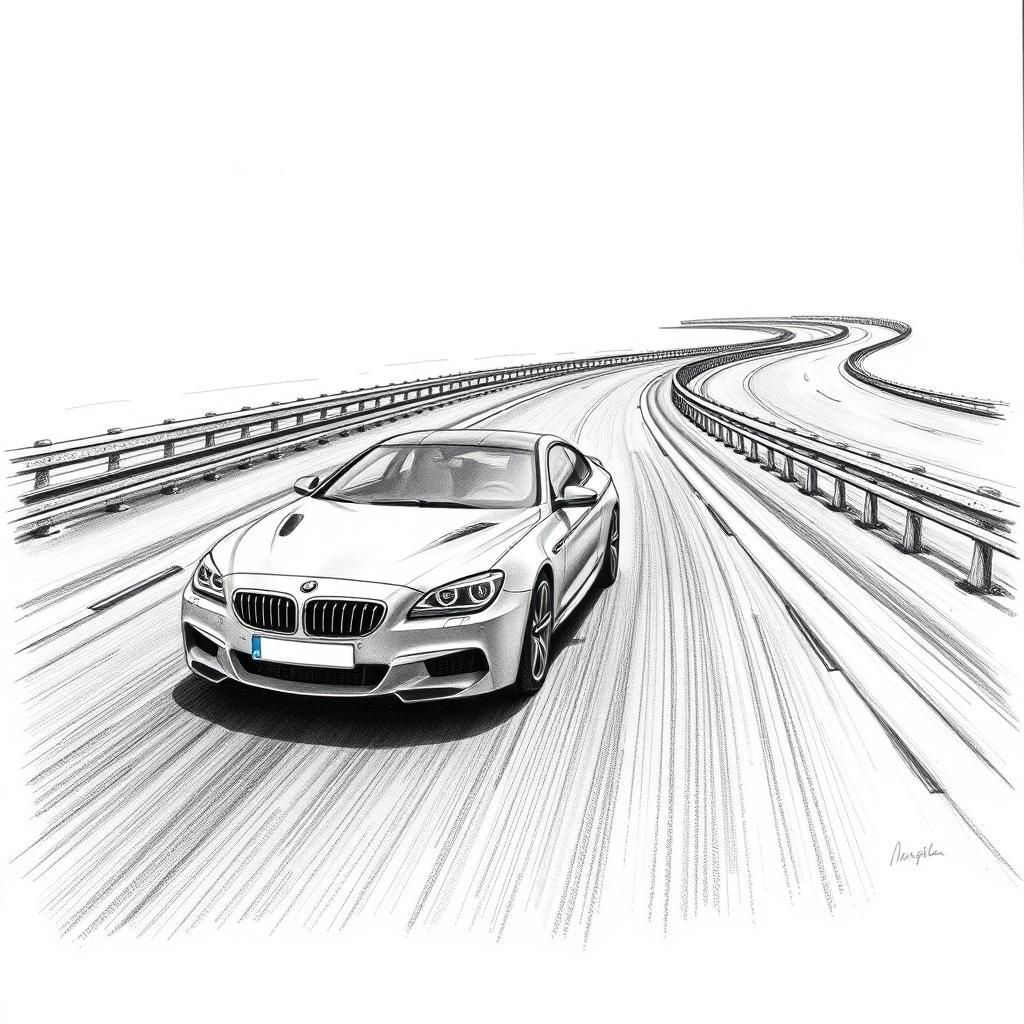
Autobahn: The Iconic Highway Track
Picture an endless ribbon of asphalt stretching across the German countryside, smooth and wide, inviting drivers to push their limits—or simply enjoy the flow of a highway free from the usual speed traps. This is the Autobahn, a highway system unlike any other in the world. Born out of early 20th-century engineering ambition, the Autobahn was designed as a controlled-access highway, built for fast, efficient travel between cities. What sets it apart? Long stretches without a legally imposed speed limit, where the hum of engines can crescendo unhindered, and drivers navigate with a blend of skill and respect.
But the Autobahn is more than just a road—it’s a symbol of precision and engineering prowess. Its controlled entry and exit points, carefully designed curves, and safety features make it a marvel of road design. For crossword enthusiasts, the term “Autobahn” conjures images of speed, discipline, and Germany’s iconic highway culture. Clues referencing the Autobahn might play on speed, cars, or German geography, weaving a touch of the road’s unique character into puzzles.
Beyond mere travel, the Autobahn has also inspired racing and driving training. While the original stretches are public highways, various “Autobahn” circuits in the U.S. and elsewhere borrow the name to evoke speed and precision in motorsports. Driver education courses often hail these tracks as the ideal places to learn high-speed control, tuning skills that apply far beyond the racecourse.
So when you see “Autobahn” in a crossword, picture that limitless stretch of road where rules give way to controlled freedom. Think of the roar of engines, the blur of landscapes, and the countless journeys—both literal and metaphorical—that this iconic track has carried through history and culture. It’s more than just a clue; it’s a miniature journey on the world’s most famous highway.
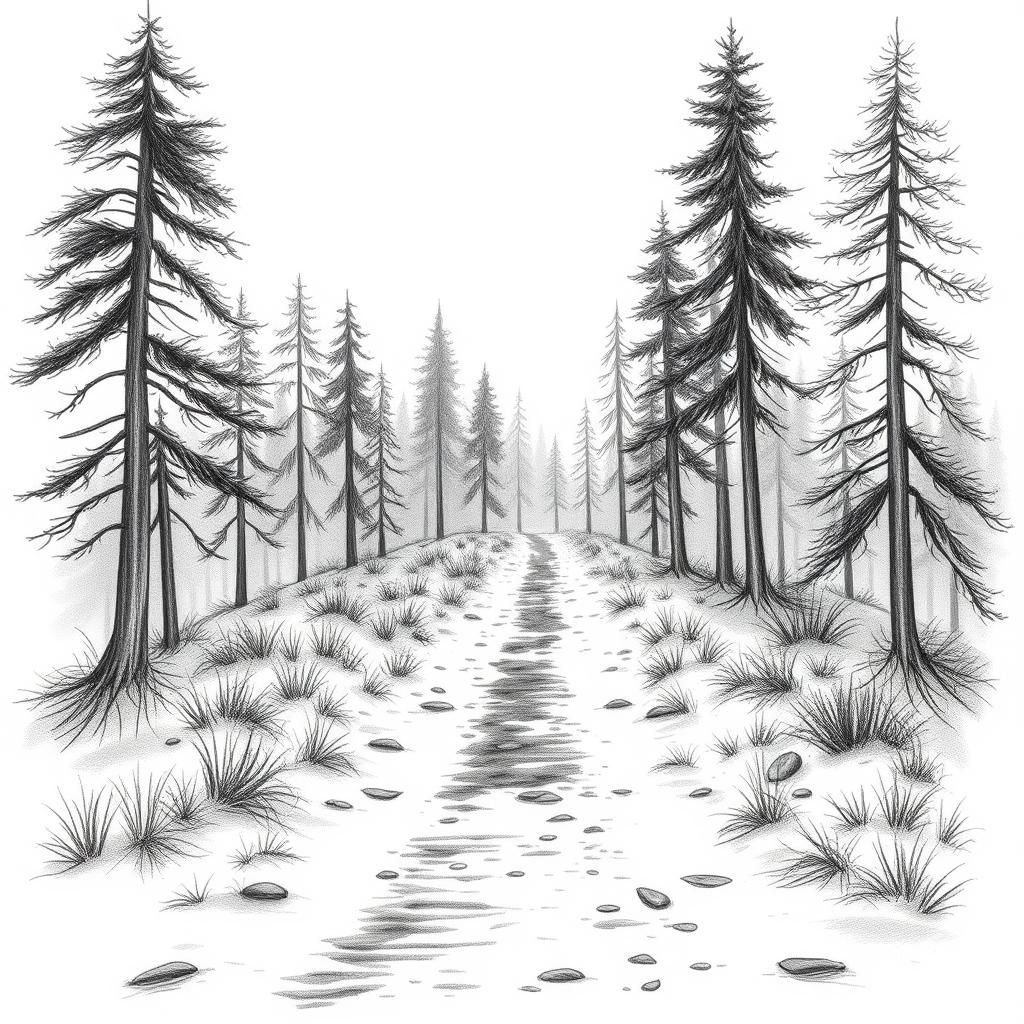
Trailhead, Path, and Track: Nature and Man-Made Routes
Picture this: you’re standing at the edge of a forest, the morning light filtering through leaves, and just ahead lies the trailhead—the very point where adventure begins. In the world of crosswords, “trailhead” isn’t just a word; it’s the gateway to journeys both literal and figurative. A trailhead marks the start of a hiking trail, inviting walkers into nature’s embrace, promising discovery along a marked route.
But what about “path” and “track”? Though these words often wander in similar territory, their differences quietly shape the way we think about movement and place. A path tends to feel natural, humble—a dirt-worn waying through woods or fields, carved by footsteps over time. It’s the kind of route you might stumble upon while exploring, a whisper of human presence softly etched onto the landscape.
In contrast, a track suggests something a bit sturdier, more deliberate. It’s often wider and may be man-made or heavily maintained—a lane for vehicles, horses, or even bikes. Think of the rut-lined farm roads or the gravel trails where cars ease by. In crosswords, these nuances matter. Clues referencing a “track” might hint at transport, sports, or even animal trails, while “path” often nudges solvers toward words evoking quiet walks or journeys on foot.
Trailheads appear in puzzles as markers of beginnings and exploration, a prompt to recall the thrill of setting off into the unknown. Path and track bring their own shades of meaning, inviting solvers to consider the texture of travel—whether it’s the soft crunch of leaves underfoot or the sturdy gravel beneath tires. These terms, simple on the surface, carry stories that span from wilderness treks to rural drives, each clue a footprint leading us through the puzzle’s landscape.
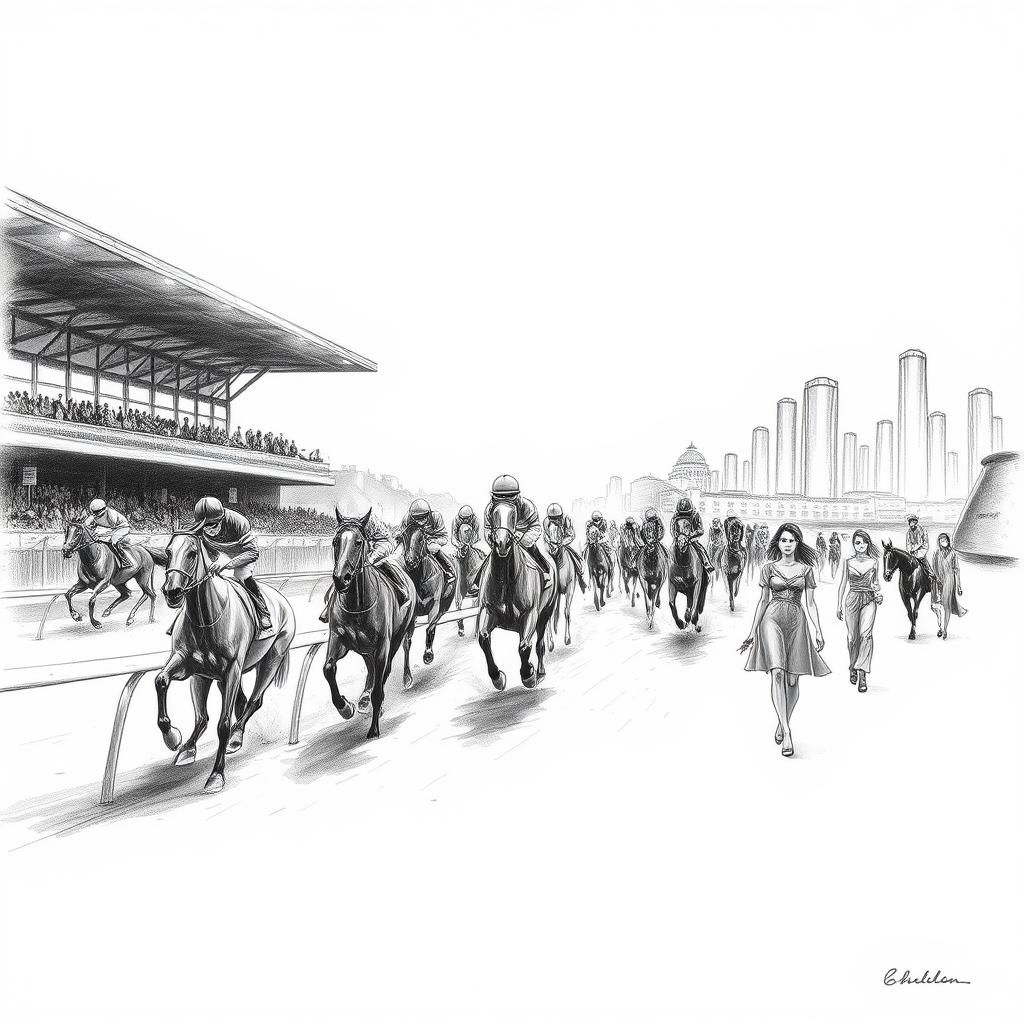
Racecourse, Boulevard, and Runway: Varied Track Types
Picture the roar of hooves pounding a dirt track, the steady rhythm of footsteps along a broad, tree-lined city street, and the sleek glide down a polished strip where planes take flight or models strike a pose. These three kinds of tracks—racecourse, boulevard, and runway—each carry their own stories, textures, and clues, both in real life and in the world of crosswords.
A racecourse is more than just a ring of earth or turf; it’s a theater of speed and strategy. Think of a horse galloping full tilt around a circular track or runners pushing their limits on a cinder oval. In crosswords, clues tied to racecourses often hint at betting, famous races like the Derby, or the simple thrill of competition. Words like “tote,” “vain,” or “photo finish” might weave their way through puzzles, conjuring the energy and suspense felt by spectating crowds.
Shift your gaze to the boulevard, a wide, often elegant city street flanked by trees, cafes, and the gentle hum of urban life. Boulevards have something almost cinematic about them—chic promenades where history walks alongside the present. Crossword clues referencing boulevards tap into that ambiance, nudging solvers toward famous streets like the Champs-Élysées or hints of leisurely travel through a bustling metropolis. They’re the tracks of cityscapes, where cultural stories layer beneath pavement and lamplight.
Then comes the runway, a strip that’s as much about departure as arrival. In aviation, the runway is the place where dreams lift off and journeys begin—an asphalt promise of horizons yet to be explored. But in fashion, it transforms into a stage, a glossy path where designers’ visions come alive and models march to the beat of creativity. Crossword puzzles love this double life, offering clues that might mean “takeoff spot” or “fashion show platform,” inviting solvers into worlds of travel and style with just a few letters.
Together, racecourse, boulevard, and runway invite us to think about how diverse “tracks” can be—places where the human spirit races, strolls, or soars, each with its own unique rhythm and story. Next time you see these clues pop up, you’ll know they’re not just words but gateways to vivid scenes that connect sport, city, and runway drama—all tracks worth exploring.
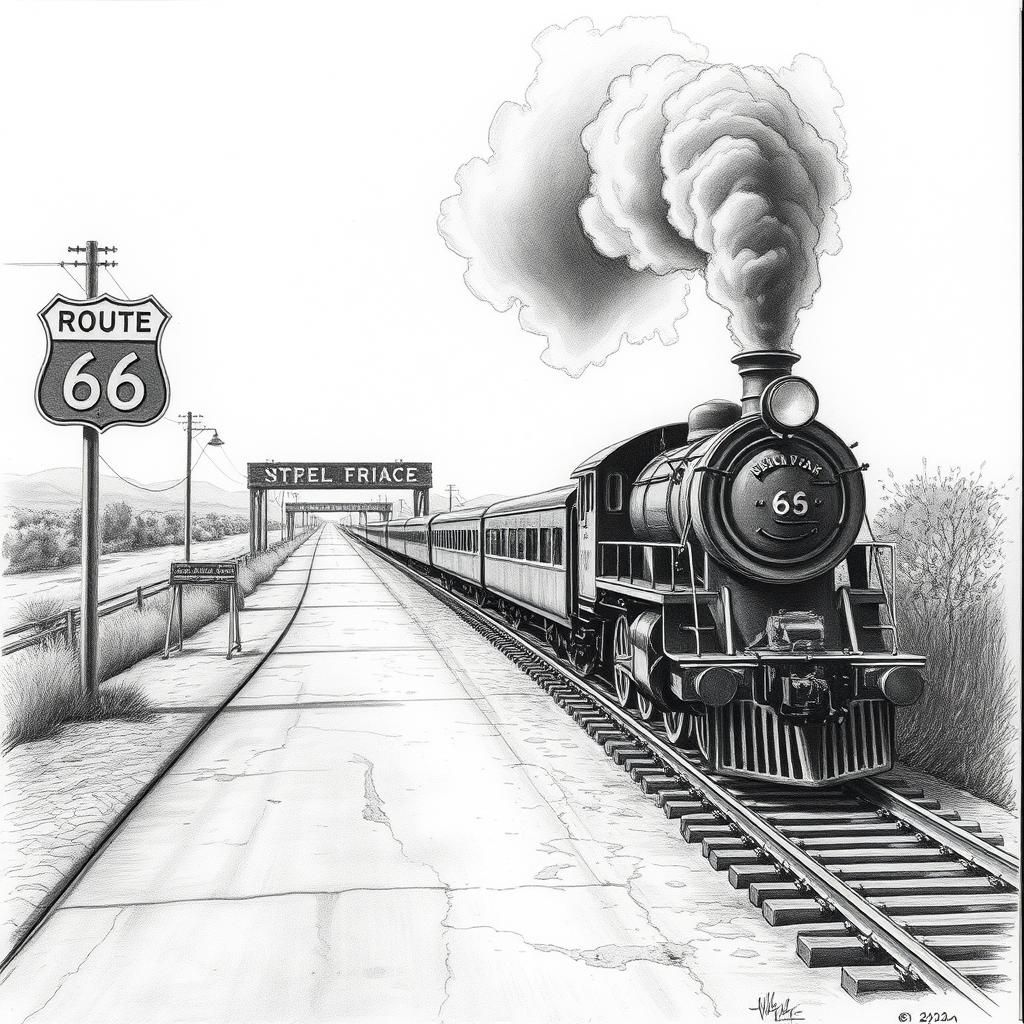
Route 66 and Railway: Historic Travel Tracks
Step into a chapter of Americana where the open road and the railway intersect—not just in geography, but in the stories they carry through crossword puzzles. Route 66, often dubbed the “Main Street of America,” stretches across eight states, stitching together small towns, neon-lit diners, and dusty motels. This legendary highway isn’t just a line on a map; it’s a tapestry of memories and migration, echoing the spirit of freedom and discovery. Crossword clues invoking Route 66 tap into this nostalgia, inviting solvers to feel the rumble of tires on asphalt miles long gone but never forgotten.
Just a rail’s throw away, the railway represents another backbone of travel history. Tracks laid down with iron rails, wooden sleepers, and an unstoppable rhythm carried the pulse of industry, exploration, and daily life. In puzzles, words like “rail,” “engine,” “coach,” or “junction” conjure images of bustling stations, steam clouds, and the steady clatter that forged connections between people and places.
What makes these two travel icons particularly intriguing in crossword clues is how they play off each other. Imagine a clue that nods to a “historic American route” paired cleverly with a hint about “train tracks nearby”—suddenly, the solver is drawn into a cultural conversation, blending the allure of the open road with the romance of the rails. This synergy not only enriches the solving experience but also anchors it in a shared history of movement and exploration, reminding us how travel—whether by wheel or rail—shapes our stories and our puzzles alike.
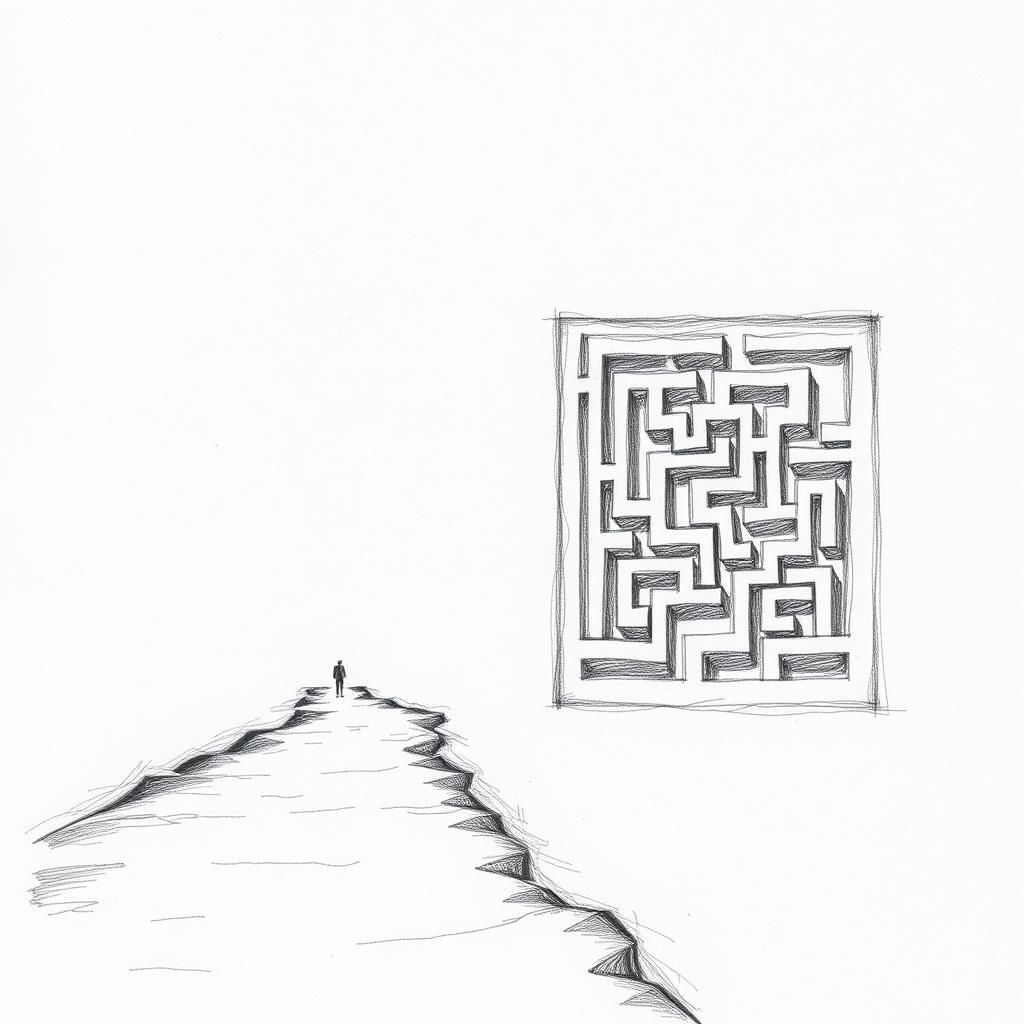
Labyrinth and Maze: Clarifying Crossword Confusions
Picture yourself standing at the entrance of a labyrinth—a single winding path stretching ahead, leading you steadily to the center and back out again. There are no forks or dead ends here, just a continuous, deliberate journey. Now imagine a maze: a puzzling web of twisting paths, dead ends, and tricky choices that test your sense of direction at every turn.
Though these two words often get tangled in everyday chatter, they hold distinctly different meanings—and crossword puzzles love to play with that confusion. A labyrinth is all about contemplative progression, its design meant to guide rather than trap. Mazes, on the other hand, are puzzles in the purest sense, built to challenge and confound with branched pathways and multiple options.
Crossword clues often lean on these differences to trip up solvers or add layers of meaning. You might find “Single-path puzzle” hinting at labyrinth, while “Complex puzzle with dead ends” points firmly to maze. Sometimes, the clue thrives on that ambiguity, nudging you to reconsider both answers before settling on one.
These themes don’t just test your vocabulary—they evoke a quiet fascination with puzzles that have captivated humans for centuries. Labyrinths have roots in ancient myths, like Daedalus’s famous Crete creation, symbolizing journeys both outward and inward. Mazes, meanwhile, call on our love for challenge and discovery, reminding us how a simple network of paths can mirror the twists of life itself.
In the world of crosswords, labyrinths and mazes invite us to wander thoughtfully—not lost, but alert—walking a line between order and chaos, history and play.
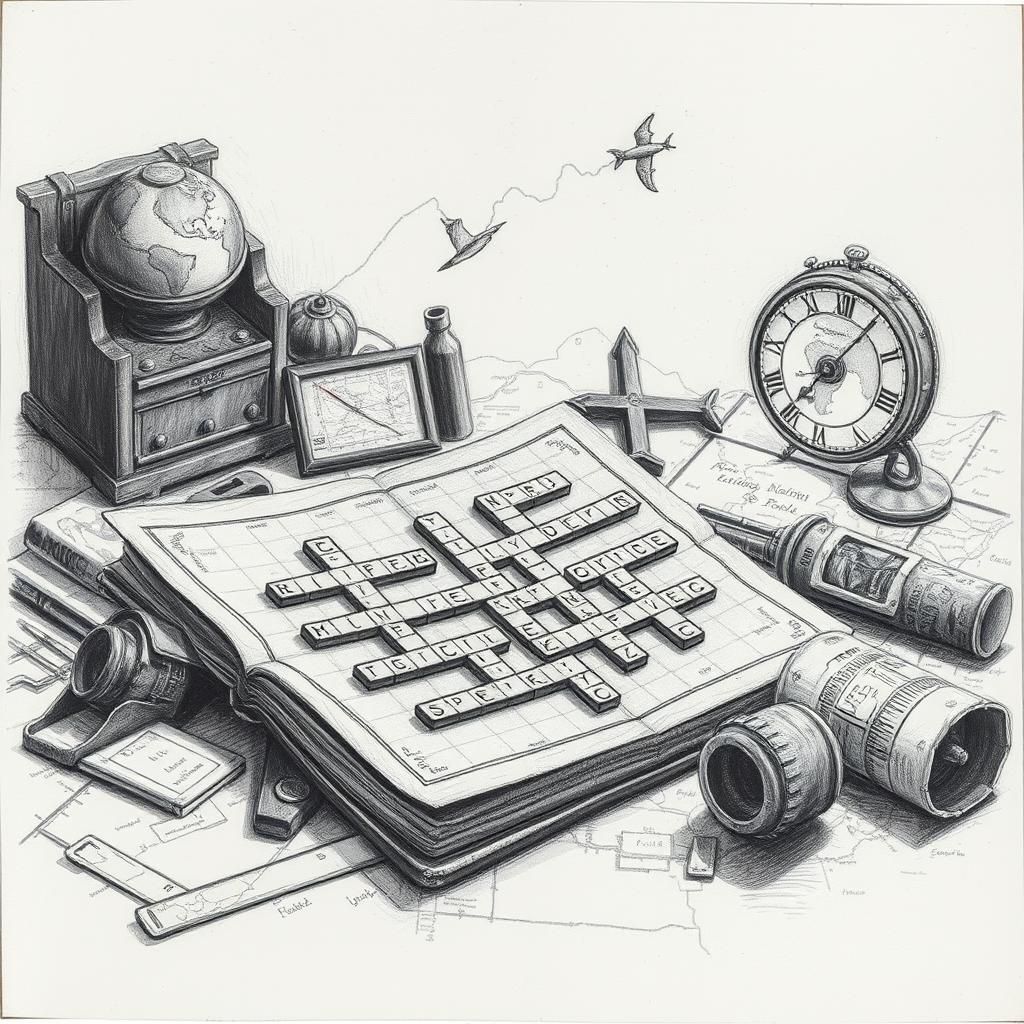
Conclusion
We’ve journeyed through a diverse landscape of tracks—each with its own story, shape, and spirit. From the high-speed loops of the velodrome to the endless stretch of Route 66, these terms aren’t just puzzle fodder. They’re threads connecting us to places, histories, and cultures that shape how we move and explore. Knowing the difference between a labyrinth and a maze or the subtle meanings behind a boulevard versus a racecourse can turn a tricky crossword into a satisfying discovery.
For anyone who loves puzzles, travel, or both, these track-themed clues offer more than just words—they offer glimpses into the human stories behind the routes we take. So next time you encounter one of these words in a crossword, remember: you’re not just solving a clue, you’re stepping onto a path rich with meaning, history, and a touch of adventure. Why not dive in and see where it leads?
Share to...
I hope you enjoy the content.
Want to receive our daily crossword puzzle or article? Subscribe!
You may also be interested in
Share to…
Want to receive our daily crossword puzzle?
-
Jigsaw Puzzles
Whimsical Hamster Jigsaw Puzzle in Watercolor Style 250 | 300 | 500 Brikker
kr 348,00 – kr 439,00Price range: kr 348,00 through kr 439,00 Select options This product has multiple variants. The options may be chosen on the product page -
Jigsaw Puzzles
Twelve Zodiac Cow Ink Wash Jigsaw Puzzle 250 | 300 | 500 Pieces
kr 348,00 – kr 439,00Price range: kr 348,00 through kr 439,00 Select options This product has multiple variants. The options may be chosen on the product page -
Jigsaw Puzzles
Majestic Unicorn Watercolor Puzzle 250 | 300 | 500 Brikker
kr 348,00 – kr 439,00Price range: kr 348,00 through kr 439,00 Select options This product has multiple variants. The options may be chosen on the product page


